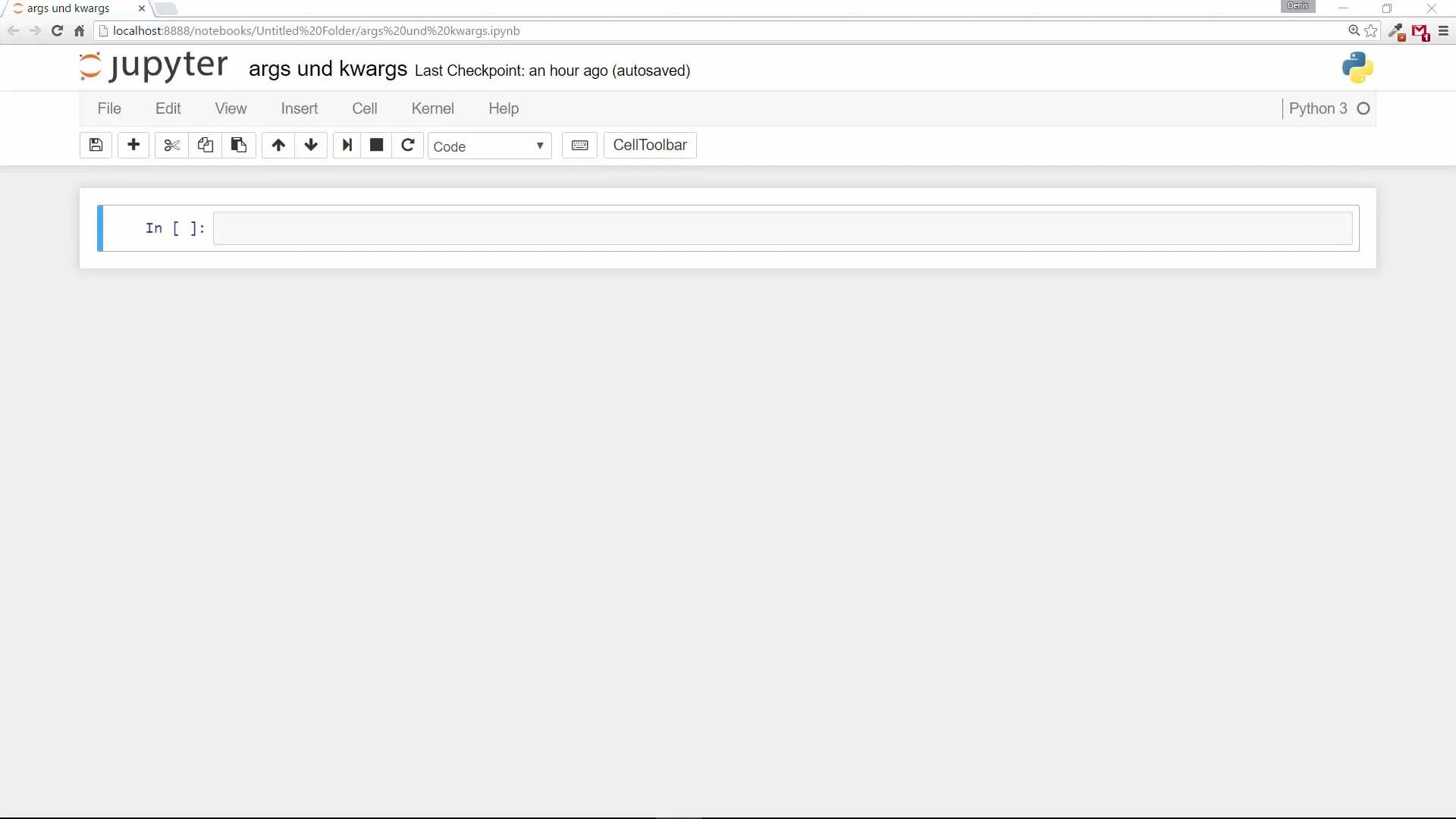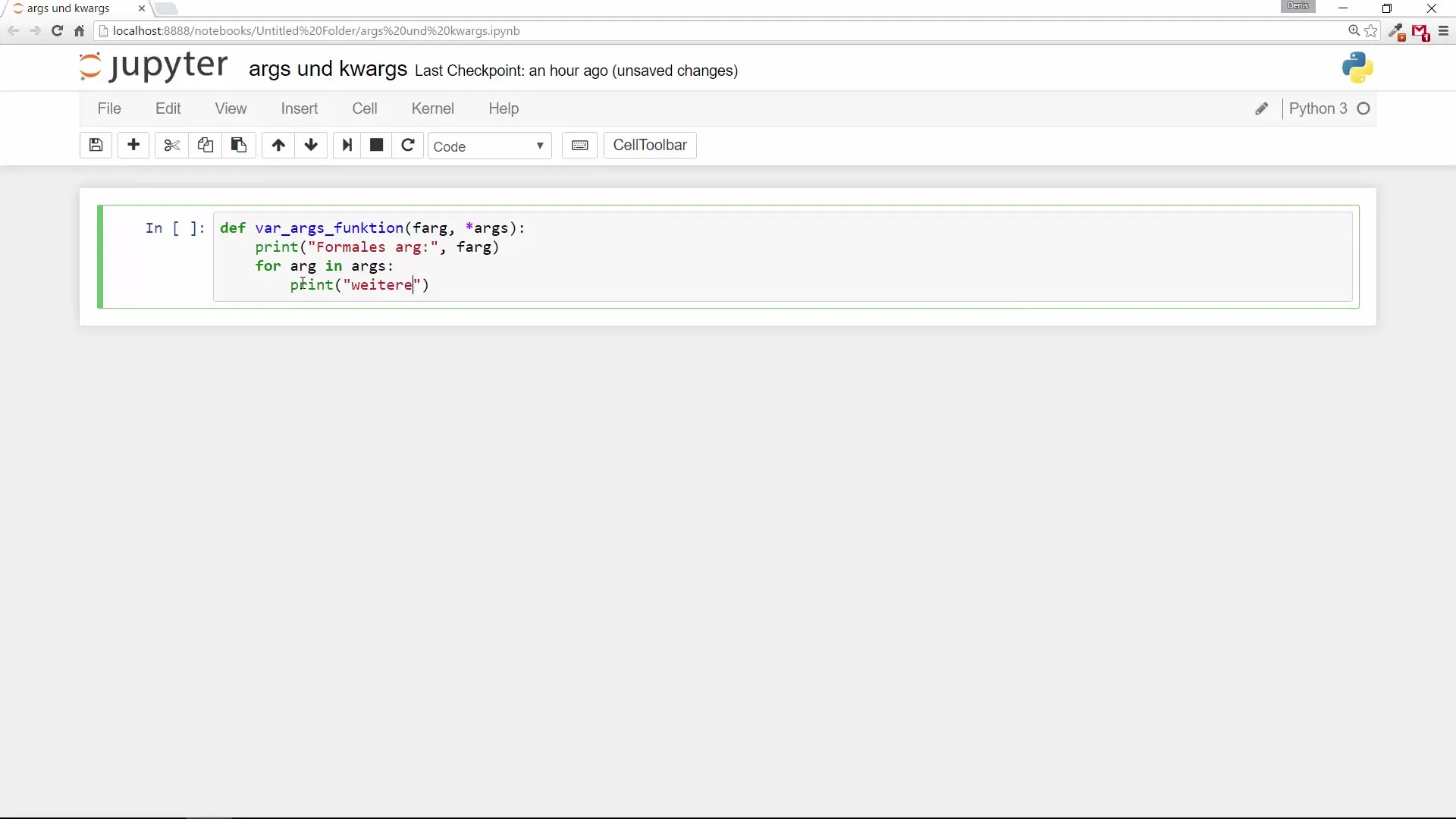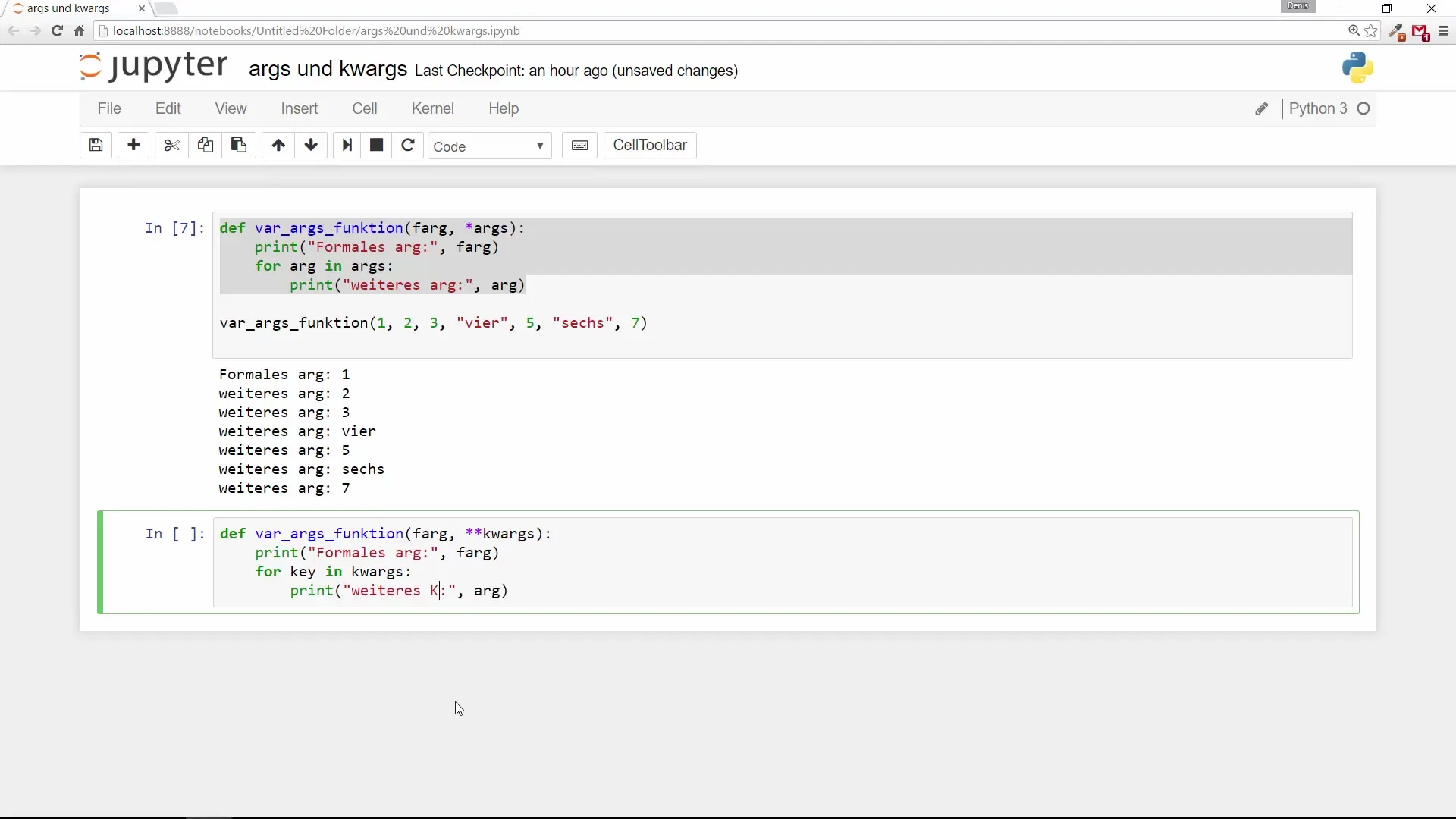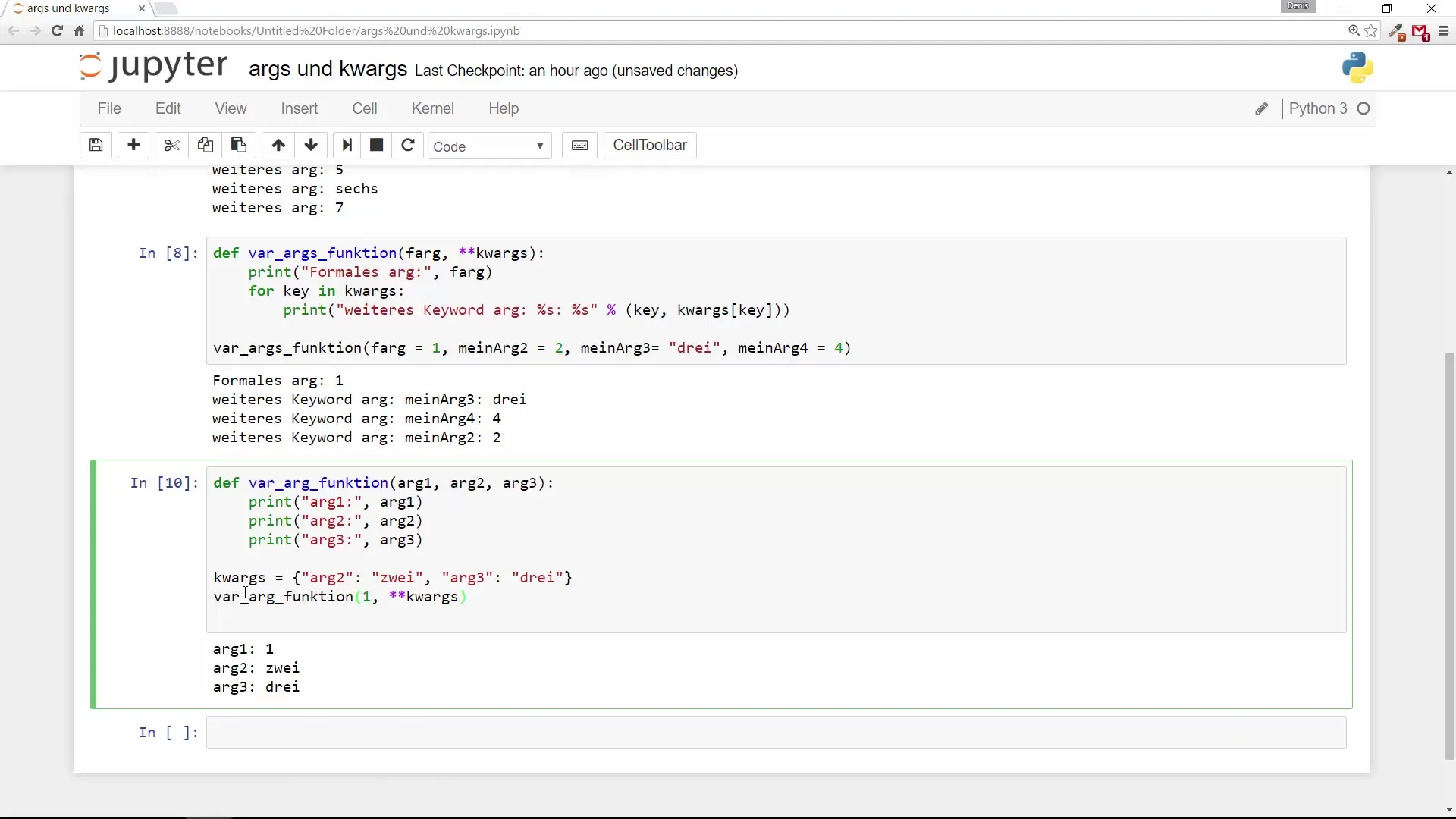Python is a powerful tool for programmers and offers many features for defining functions. One particularly useful technique you should be aware of is *args and *kwargs. These two mechanisms allow you to pass an indefinite number of arguments to a function without knowing in advance how many there will be. In this guide, you will learn how to use args and **kwargs effectively in your Python functions.
Key Insights
- *args allows passing multiple unnamed arguments to functions.
- kwargs allows passing named arguments as a dictionary.
- The use of *args and kwargs increases the flexibility of your functions.
Basics of Argument Passing in Python
To understand how *args and kwargs work, it's important to know the basics of argument passing in Python. Normally, you can specify specific parameters when defining a function. However, sometimes it's necessary to create a function that can accept an indefinite number of arguments. This is where args and kwargs come into play.
For the first part of your journey, let's take a closer look at *args.
Using *args
To work with args, you define your function with an asterisk (*) before the parameter name. This signals to Python that you expect any number of unnamed arguments.
For further examples, you can iterate over additional arguments within a for loop.

You can also adjust the arguments flexibly, depending on how many you want to pass.
This gives you each argument you have passed.

In summary: With *args, you can develop a function that accepts nearly unlimited arguments.
Using **kwargs
The next step is to work with kwargs. Unlike args, which handles unnamed arguments, kwargs allows passing named arguments in the form of a dictionary. In function definition, a double asterisk () is used.
Here, the keys and values of the passed dictionary are printed.

Combining *args and **kwargs in a Function
You can combine *args and **kwargs in the same function to achieve even more flexibility.

Conclusion on *args and **kwargs
A deep understanding of *args and **kwargs gives you the freedom to work flexibly and adapt your functions to different requirements. You can dynamically respond to situations where you do not know in advance how many arguments will be passed.
Summary - Understanding *args and **kwargs in Python
The use of *args and **kwargs in Python allows you to write functions that can flexibly respond to different inputs. You should now have a good understanding of the concepts and be ready to apply them in your own projects.


